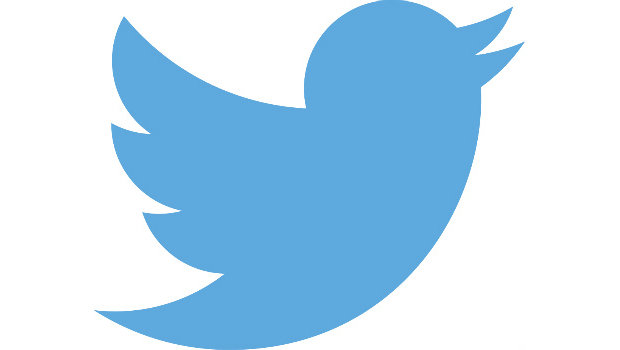
Twitter simplifies rules in attempt to maintain “platform integrity”
Twitter’s recent announcement that it has refreshed its rules to make them easier to understand is a welcome development. Social media rules are after all notoriously long-winded, tedious to read, and dull to say the least.
Following the revisions, each rule is clear, concise, and no more than 280 characters long. With that, all rules have been put into one of three categories: safety, privacy and authenticity.
In a post announcing the changes, Del Harvey, Twitter’s VP of trust and safety, said: “Our focus remains on keeping everyone safe and supporting a healthier public conversation on Twitter.”
The major rewrite is timely, given author Aoife Dooley’s recent experiences on the medium.
She experienced vicious abuse from Twitter trolls when an article she wrote in 2017 appeared on this week’s Junior Certificate English paper. The trolling resulted in Dooley receiving a barrage of death and rape threats to her social media platforms, including Twitter. In a post on her Twitter account, Dooley said the incident has taken its toll on her “mental health and well-being”.
The company has stated it wants its rules to represent its stance towards discouragement of violence, and it released step-by-step information for reporting content that violates its rules. But Dooley was not protected by the rules, regardless of how convoluted they were. The abuse was severe enough that she was forced to notify the Gardaí, reporting it to Twitter was not sufficient.
Twitter has been accused time and time again of failing to adequately protect its users and this is just one in a long line of examples.
As part of the rule refresh, certain policies have become more detailed, and this includes election integrity. Users “may not use Twitter’s services for the purpose of manipulating or interfering in elections. This includes posting or sharing content that may suppress voter turnout or mislead people about when, where, or how to vote.”
Russian involvement
In light of recent research from cybersecurity firm Symantec, this is an interesting development. Analysing a data set of nearly 10 million tweets released by Twitter last year, it was revealed that Russian efforts to spread misinformation before the 2016 US election was larger and more effective than previously known.
It found that the Twitter campaign was professionally organised, and not a troll effort as some thought. Some of the accounts analysed date back to 2014, with the average time between account creation and first tweet being 177 days. This does not bode well for the 2020 US elections.
The rules state that the site may not be used “to artificially amplify or suppress information,” yet the campaign had very real consequences, with one tweet generating over six million retweets and some accounts successfully organising rallies.
Despite appearing shorter and simpler to understand, it is effectively a new package on the same product, only now the bulk of information can be found on each rules individual page.
Having received a new lick of paint, the question of the effectiveness still hangs in the air. Making its policies appear simpler at a glance will not fix its abuse problem.
For Dooley, the rules did not protect her from violent threats. Having to contact the Garda and suffering mental distress was sign that the rules had failed her, not kept her safe.
Julia O’Reilly







Subscribers 0
Fans 0
Followers 0
Followers